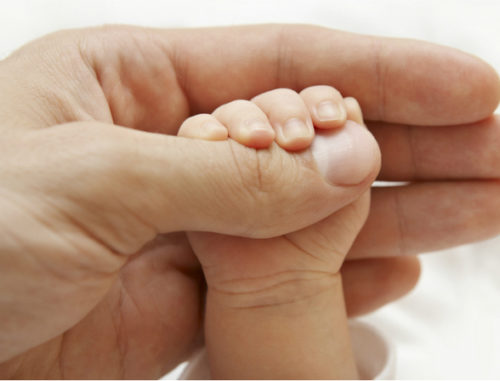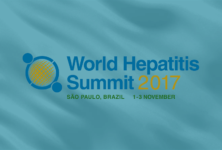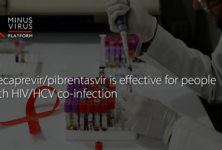SEATTLE — Integration of ART into maternal and child health services during the postnatal period leads to significant improvements in women’s participation in HIV care and resulting viral suppression, according to findings presented at the Conference on Retroviruses and Opportunistic Infections (CROI).
 “To understand the context of the study, you have to understand the massive increases in access to antiretroviral therapy that we’ve seen in pregnant and postpartum women over the last few years globally,” Landon Myer, MD, PhD, director of the Center for Infectious Diseases Epidemiology & Research at the University of Cape Town, said at the meeting. “Paralleling that, there have been huge concerns emerging around maternal ART adherence and retention in ART services, especially during the postpartum period.”
“To understand the context of the study, you have to understand the massive increases in access to antiretroviral therapy that we’ve seen in pregnant and postpartum women over the last few years globally,” Landon Myer, MD, PhD, director of the Center for Infectious Diseases Epidemiology & Research at the University of Cape Town, said at the meeting. “Paralleling that, there have been huge concerns emerging around maternal ART adherence and retention in ART services, especially during the postpartum period.”
Although integrating ART into maternal and child health (MCH) services is normal during prenatal care, it receives little attention during postnatal services. To assess the impact of an integrated MCH-ART service on mother and infant outcomes, researchers enrolled consecutive mother–infant pairs (MIP) infected with HIV immediately postpartum from June 2013 to December 2014 in their randomized trial. They included mothers who were aged 18 years or older, initiated ART in the recent pregnancy at the local MCH service and were breast-feeding (BF).
Myer and colleagues randomly assigned MIP to either intervention (postnatal retention in the integrated MCH-ART service for the duration of BF) or control (local standard of care; immediate referral to adult ART care for mothers and separate ‘well baby’ care for infants) groups. The combined endpoint was maternal engagement in HIV care from a medical record review and viral suppression of less than 50 copies/mL at 12 months postpartum.
The results showed that characteristics did not differ by completion by arm in the 472 women included at a median of 5 days postpartum, of which 76% had viral suppression less than 50 copies/mL and 94% had less than 1000 copies/mL at randomization. Researchers found that there was no difference in completion by arm out of the 87% of MIP who completed the study outcome visit at 12 months postpartum. Women in the intervention arm spent longer in the integrated MCH-ART service (8.7 months) compared with the control arm (0.3 months), whereas median duration of BF was also longer in the intervention arm (9.0 months) compared with the control arm (3.1 months; P < .001).
Myer and colleagues observed that 56% of mothers in the control arm who referred to ART care met combined endpoint compared with 77% of intervention mothers randomized to stay in the integrated MCH-ART care until BF ended (absolute risk difference 21%; 95% CI, 12-30%; P < .001). Intervention also improved sustained viral suppression over time to less than 50 and less than 1000 copies/mL. Researchers reported low mother-to-child-transmission by 12 months (0.55%), and there was no difference by arm (P = .740).
“There’s a big push to try to identify interventions that can be used to enhance women’s adherence during the postpartum period to ART and their engagement with health care service, both for their health as well as for the health of their HIV-exposed children,” Myer said. “Taken together, these results have important implications for policymaking when we think about the design of health care services for pregnant and postpartum women and how to optimally provide care to women and their children in the context of HIV.”
By Savannah Demko
Reference:
Myer L, et al. Abstract 24. Presented at: Conference on Retroviruses and Opportunistic Infections; Feb. 13-16, 2017; Seattle.


 ПОИСК ПО САЙТУ
ПОИСК ПО САЙТУ  поиск по ресурсному центру
поиск по ресурсному центру 



